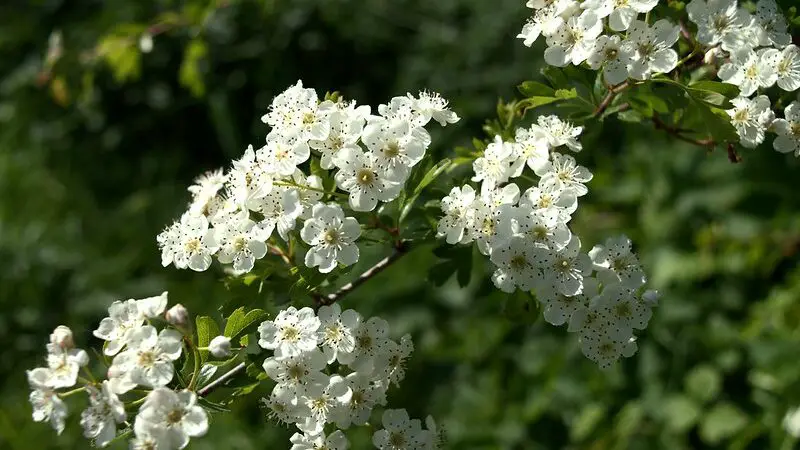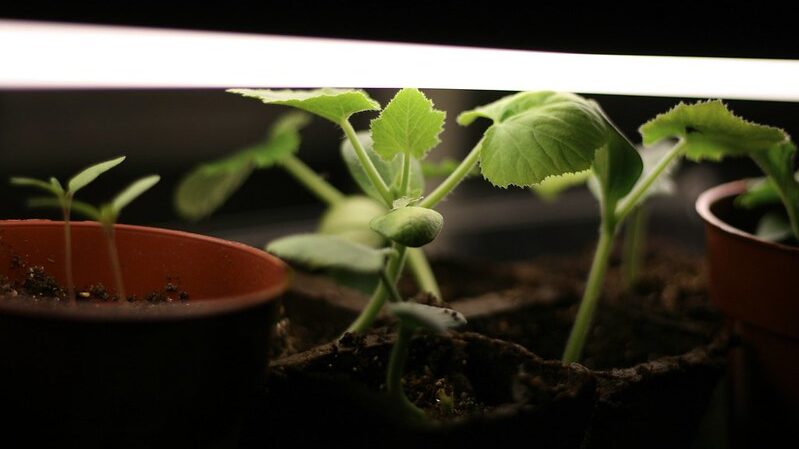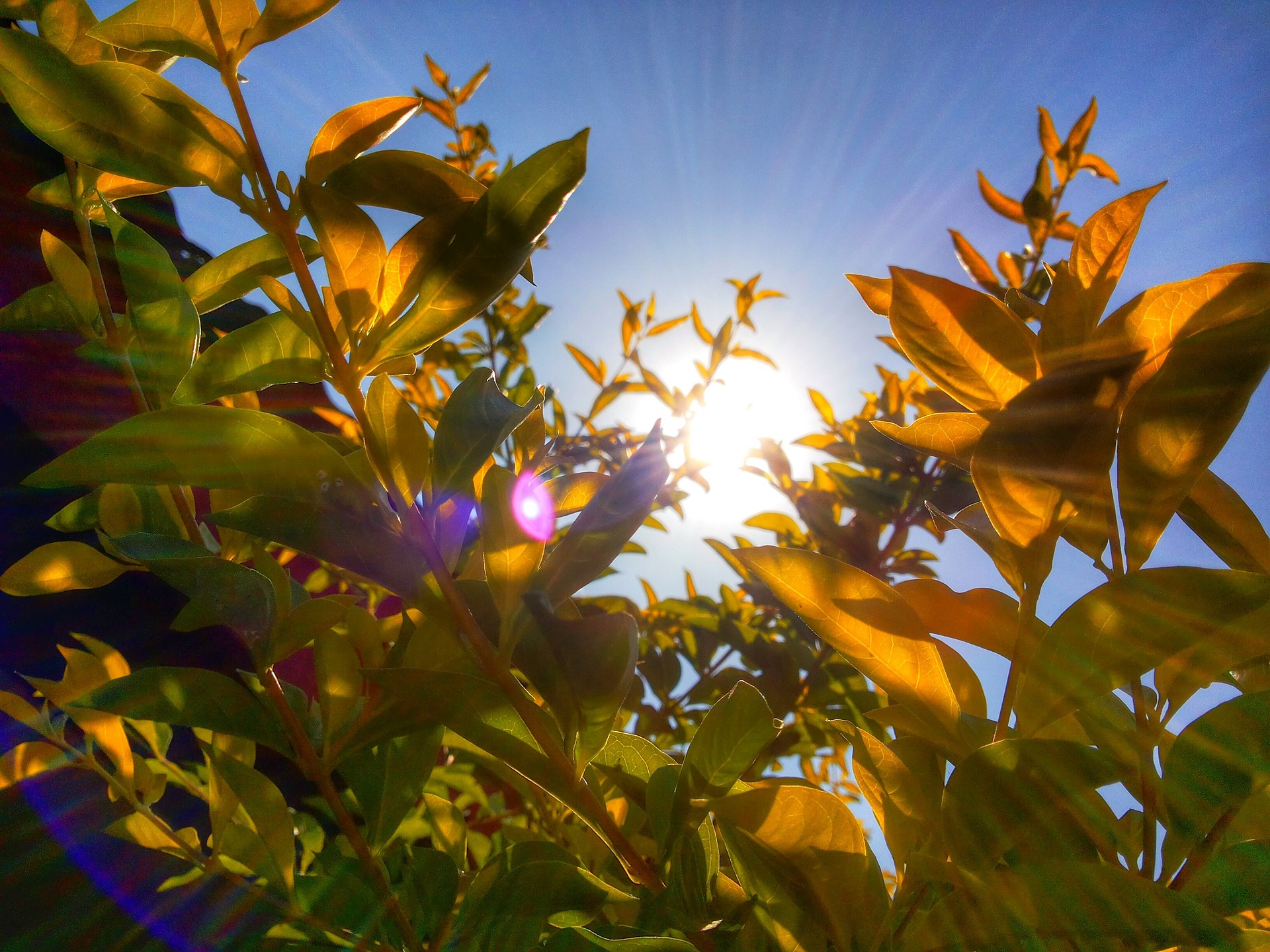We use affiliate links to run our site. When you buy through links on our site, we may earn an affiliate commission, without any added cost to you. Learn more
Light (sunlight or artificial light) is one of the most important factors of Gardening. So understanding what light is and how it works is essential for any gardener if you want to succeed in gardening. There are three principal features of light that affect plant growth. They are
- Quantity of the light,
- Quality of the light, and
- Duration of the light.
Quality of The Light:
By quality, we generally refer to the wavelength or the color of the light. The light can be red, orange, yellow, green, blue, indigo, and violet light.
Different light has different effects on plant growth. Blue and red light, (absorbed most by the plants), have the greatest effect on plant growth. Green light, on the other hand, is mostly reflected by plants (that is why they appear green) and is practically useless.
So when you grow plants you should know the source of the light you are using.
Fluorescent (cool white) light is high in the blue wavelength. This light source is best for growing leafy vegetables and for starting seedlings. Incandescent light is high in the red or orange range, but produces too much heat for the plants to grow.
In sunlight, we get the complete range of wavelengths. LED grow lights like this imitate sunlight and produces a mixture of red and blue wavelengths. They are a bit costly though than regular fluorescent lights.
Quantity of Light:

Quantity simply means the intensity or the brightness of the light and is measured in lux. For sunlight, intensity varies with seasons. In the summers, the quantity of light is at maximum and it reduces to the minimum during winters. Usually, the more sunlight a plant gets, the greater its capacity for producing food.
The formation of flowers or fruits depends hugely on the light intensity. Some plants refuse to flower or fall short halfway through the process if the light intensity isn’t high enough.
Morning sunlight is considered cooler, whereas afternoon light can be more scorching. Some plants prefer morning sun, even until midday, and late-afternoon shade. Whereas others can endure midday hottest conditions and you can keep them on a south-facing window.
Duration of Light:
It is the amount of time a plant is exposed to light. Plants are classified depending on their need for light duration.
Short day plants like chrysanthemum, poinsettia, and Christmas cactus, thrive when the length of a day is less than 12 hours. You will find these plants flowers mainly during fall and springs.
Long-day plants need more than 12 hours of daytime. Most vegetables and summer flowering plants such as Lettuce, Spinach, potatoes, California poppy are in this category.
Day-neutral plants don’t depend on the length of the day to flourish. Plants like tomato, cucumber and some strawberries fall in this category.
It is easy to influence light duration. For example, if your short-day plants are not getting enough darkness you can easily cover them with clothes and block out light. This stimulates flowering.
For long day plants if the plants are not getting enough light duration, supplement them with artificial grow lights.
Why Light is So Crucial for Plants Growth:
Light to plants is just like fire to us, to make prepare the food. Plants are autotrophs i.e, they can make their own food. They bind water and carbon dioxide (CO2) into sugar which is being used as food. Plants use this sugar to form new cells, thicken cell walls and develop flowers and fruits.
To combine water CO2 and cook up food, plants need energy and they derive this from the sunlight. Plants effectiveness to produce sugar is normally proportional to the intensity of light (until it’s too hot or too cold to survive).
How Much Sun Your Plants Need:
Almost all garden plants need some light for their growth only Mushrooms can grow in total darkness. Most plants need full sun for 6-8 hours. Some can grow in partial shade.
Full Sun:

Full sun refers to the type of light we generally find in bright, sunny open areas. Some plants thrive under these conditions the whole day. If a plant is a drought-tolerant plant, it can full sun even in summers.
When a plant bears fruits or flowers, it needs much more energy than those which only grow leaves. If the supply of light falls short even the healthy and green looking plant may never yield any flower or fruit, and that is definitely a problem with vegetables like Tomatoes or Beans.
The results can be very frustrating if you try to grow Tomatoes, Eggplants or peepers in the shade. There is a fair chance that you might come up with a good and healthy green plant without any fruit.
But remember not all full sun means the same light intensity. Full sun in the mountains and full sun on the coasts are very different. So always use local native plants as a guide.
Part Sun and Part Shade:
Part sun and part shade are very similar, but with a subtle difference.
If your plants are labelled part shade this means they are more sensitive to too much sun, so make sure you arrange a shade clothing like this during the hottest parts of the day and in the afternoon,
Plants labelled as the part sun can typically less sensitive to more light and will not grow properly if they lack a minimum amount of direct sun.
Most part sun and part shade plants do well in filtered light for most of the day, or direct sun during the morning. Just don’t put them on a south-facing window in the hot summers if you live in a warmer climate.
When you grow plants only for leaves (like in the case of spinach or lettuce) light might not be a major issue. Whereas you have to keep the plants to a minimum of six to eight hours in direct light if you are looking for fruits. Plants like Lettuce and Spinach are mostly tolerant of shade, and if the surrounding is too bright, they need protection.
Root crops such as beets, Carrots, Radishes do well in partial shade as they store up their energy before they flower.
Full Shade:
Some plants do not need direct sunlight at all and can actually perish under direct sun. They are quite comfortable in the indirect light from a north-facing window or under the deep shade of a tall tree.
We have a detail article on the plants that can grow in full shade you can read it for more information.
Can Grow Lights Replace Sunlight:

The artificial grow lights have some clear benefits for growers. With the help of grow lights, you can now control the flowering season and also better utilize your place for growing crops. When you decide to grow plants on artificial lights in an indoor garden ensure that you get the maximum return on your investment. To make that happen you need to make sure it matches the 3 main features of sunlight.
1. Adjusting Intensity of The Grow Lights:
To match the intensity of the sunlight you can adjust the distance from which it will light up the plants. Close proximity means more intense light. However, the grow lights also emit a lot of heat. So don’t put the lights too close to the plants, otherwise, the plants may wilt or die. Choose the optimum distance so that the light intensity remains good but it doesn’t cook the plants.
2. Adjusting Wavelengths of Light:
The sunlight has all the wavelengths blue and red. Indoor lights generally have either a red or blue spectrum of light. There are two ways to bypass this problem you can either mix warmer and colder lights together or go for a full spectrum grow lights like this.
3. Adjusting the Light Duration:
Adjusting the duration is the easiest to do, just have kept the lights on for a set period. Use a grow light that has a timer feature to make your work easier.
Though replicating sunlight indoors is not easy. But you can use some tricks to achieve phenomenal results with indoor grow lights.
Each plant needs a certain range of light intensities for its photosynthesis to take place most efficiently. Some plants require large amounts of sunlight, while others can survive on little. Although all plants do need some sunlight to photosynthesize, not everyone needs 6-8 hours of sunlight daily. So when you grow plants in the garden group them with similar light requirement together.
I hope the article has cleared some doubts regarding sunlight exposure of the plant. If this post has “enlightened” you consider sharing this with others.
Amazon and the Amazon logo are trademarks of Amazon.com, Inc, or its affiliates.

Hi there! My name is Prasenjit and I’m an avid gardener and someone who has grown a passion for growing plants. From my hands-on experience, I have learned what works and what doesn’t. Here I share everything I have learned.

1 thought on “Importance of Sunlight | How Sunlight Affects Plant Growth”
Comments are closed.